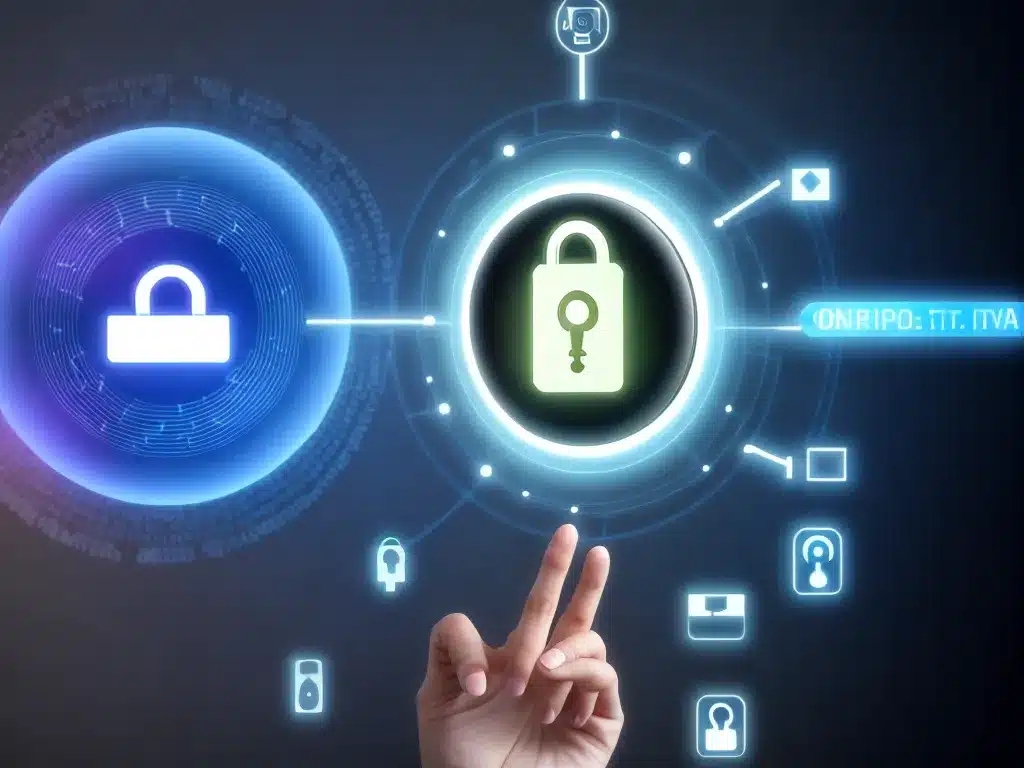
Key Data Privacy Considerations with IoT Devices
Introduction
The Internet of Things (IoT) refers to the growing network of internet-connected devices that collect and share data. IoT devices range from consumer products like smart home appliances and wearables to industrial equipment like sensors and automated machinery. While IoT enables exciting new capabilities, it also raises important data privacy considerations that consumers, companies, and regulators need to address.
In this article, I will provide an in-depth look at key data privacy issues with IoT devices and how different stakeholders can respond.
Data Collection by IoT Devices
One of the main privacy concerns with IoT is the extensive data collection enabled by sensors and internet connectivity. IoT devices can gather various types of personal and sensitive information.
Types of Data Collected
IoT devices collect different types of data depending on their capabilities and intended functionality. Some categories of data commonly gathered include:
- Location data – GPS coordinates, movement patterns, presence in specific locations
- Health and biometrics data – Heart rate, sleep patterns, body temperature, facial characteristics
- Behavioral data – Physical activity levels, app usage, driving patterns
- Environmental data – Air quality, temperature, noise levels, energy and water consumption
This data provides rich insights into consumers’ lifestyles, habits, preferences and health.
Data Collection Methods
IoT devices utilize various methods to collect user data. These include:
- Sensors and meters – Smartwatches track heart rate using optical sensors. Smart utility meters measure electricity usage.
- Cameras and microphones – Security cameras capture video and audio. Smart speakers use microphones to detect voice commands.
- Connectivity – Fitness trackers use GPS and WiFi to track location and exercises routes.
- User inputs – Consumers directly input personal info like age, weight, and gender into apps and profiles.
The combination of multiple data collection methods enables comprehensive monitoring of users.
Persistence of Collection
A key aspect of IoT data collection is its persistence. Unlike desktop or smartphone apps that collect data only when active and in use, IoT devices work continuously in the background.
For example:
- Fitness trackers monitor sleep, heart rate, and activity 24/7
- Smart home devices like thermostats run algorithms and sensing constantly
- Autonomous vehicles continually track location, speed, and surroundings
This always-on nature increases privacy risks and concerns around long-term data retention.
Data Security Risks
The massive amounts of data collected by IoT devices also create significant data security risks that must be addressed.
Transmission Vulnerabilities
IoT ecosystems consist of many components that handle user data – devices, networks, cloud platforms, apps. Weaknesses in how data is transmitted between these systems can enable attacks. Common issues include:
- Lack of encryption allowing interception of unsecured data
- Unpatched device vulnerabilities enabling exploits like Mirai botnets
- Poor access controls allowing unauthorized systems/users to access data
Such flaws can lead to external hacking and data theft.
Insider Threats
Beyond external attacks, insider threats also pose a risk to IoT data security. Individuals with authorized access can potentially abuse it for unauthorized use or disclosure. This can include:
- Cloud platform engineers accessing raw IoT data
- App developers monetizing data without consent
- Company insiders selling data
Safeguards must be implemented to prevent such internal misuse of data.
Inadequate Security Measures
Many IoT devices and ecosystems have weak security protections:
- Default passwords that are easy to guess
- Lack of data encryption
- Missing software updates to fix known vulnerabilities
- Insecure data deletion procedures
Such poor safeguards dramatically increase the risks of data breaches.
Protecting User Privacy
Given the privacy and security concerns around IoT data, responsible practices are needed to safeguard user rights.
Transparency and Consent
Companies should be transparent about what data is collected and provide clear consent options for users. Required measures include:
- Privacy notices detailing what data is gathered and why
- Granular device and app permissions settings
- Opt-in requests for collection of sensitive data like biometrics
This enables informed user choice regarding data collection.
Data Minimization
The data collected by IoT devices should be restricted to what is needed for functionality. Steps like anonymizing personally identifiable data and retaining information only temporarily can help minimize privacy risks.
Strong Security
IoT ecosystems require multilayered security – device, network, application, and physical security. Measures like encrypted data storage and transmission, access controls, and regular software updates are essential.
Regulatory Oversight
Governments should develop data protection laws specifically for IoT that enforces security standards, limits data use, and empowers user rights. The EU’s GDPR is an early model for IoT privacy regulation.
User Awareness and Vigilance
While companies must ensure privacy and security, users also need to be informed and proactive.
- Research an IoT device’s data practices before purchase
- Select devices that offer security features and collects minimal data
- Frequently update devices, apps, and networks
- Use strong passwords and enable multi-factor authentication
- Monitor connected accounts for suspicious activity
- Be cautious of public WiFi usage with IoT devices
User prudence and caution is vital for staying secure.
Conclusion
IoT innovation has great potential, but also poses unique data privacy and security challenges. Companies must make ethical data collection and protection a priority. Users should also educate themselves on risks and use IoT responsibly. With collaborative effort by all stakeholders, the benefits of IoT can be realized while also upholding consumer privacy.












